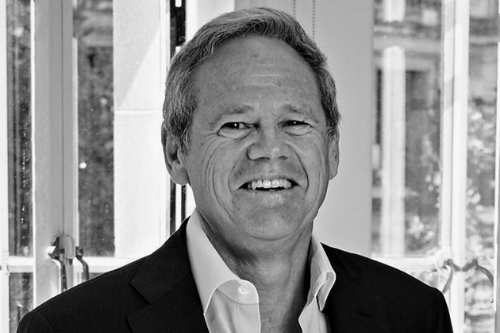

The answer to the problems with inner city real estate in Melbourne and Sydney could be found in watching how American cities have begun to deal with the pandemic.
With hybrid working seemingly here to stay and the CBDs of our two biggest cities currently lying dormant, there have been calls to rethink the way that we use our city centres in a world where 40% of the population is working from home.
North America and Australia have similar urban planning traditions, with a defined ‘downtown’ or CBD, as opposed to the more mixed European style, and it might be in America that the solution lies.
“We’ve got this notion of a CBD, which seems to be an Australian idiom,” explains Mike Day of Hatch RobertsDay, one of Australia’s foremost experts on urban planning. In North America they talk about downtown, or in Europe the city centre, but in Australia we’d badged them as central business districts.”
“The issue that the planning commission has tried to address for some time is that we need to embrace a mixture of uses instead of a single use. It’s now almost an anachronism or an anomaly now, given what has happened during the pandemic, because people are working from home and saying that they’re not going to be working from an office five days a week.”
“If we’re only going to be coming to the city a few days a week, we’re going to be creating workplaces that are in the suburbs and growth areas, rather than all coming back into the city. I think that’ll be a healthy thing, because I’ve been advocating for these more complex, walkable neighbourhoods for almost two decades now.”
“A lot of what we’ve learned is from reference points in North America. Our colleagues there have been measuring the social equity and economic value of these mixed use, walkable neighbourhoods.”
“Really, what the city should be a combination of all uses and not badged as a central business district.”
“Obviously, there’s a lot of universities that has a lot of student accommodation, but the issue there is that it might be too compact. What needs to happen, into the future, is more generous space for the ability to work from home or close to home.”
Inner city real estate prices have been the weakest part of the Australian property market in 2021, with massive uncertainty around the future of CBDs as work-only spaces, and the potential for international student numbers to fall dramatically in the coming years.
“It’s just a matter of time before it starts to transition,” explains Day. “A lot of the commercial real estate space is going to be converted. I think that’s healthy, because at the moment, there’s an imbalance. There’s too much commercial office space.”
“If we can find a balance of residential, where some offices get converted, and we keep reinforcing the cultural and entertainment and leisure benefits of our cities.”
“Look at the transit and the fantastic cultural and tourism amenities in the city: if we start repurposing some of the buildings, then I think we’re going to be well-placed to create a much healthier urban setting. I think the downtown areas will be much more sought after if start to reposition the land uses.”
Cities like New York and Chicago are so large that mixed use is inevitable, but smaller American cities have begun transitioning away from traditional downtown models into a more mixed use environment.
Portland, Oregon is often cited as an example of this, where local government made a conscious effort to move away from cars and towards mixed use developments served by public transport. That process began in the 1990s, but is now bearing fruits. According to Mike Day, the pandemic might have been the jumpstart that Australian cities needed to begin the transition.
“I think it’s going to take a little while, but what we have to do is capitalise on what has happened on what has happened during the pandemic,” he said. “There is a silver lining to the Covid cloud. People have learned to live locally, in neighbourhoods that have things in close proximity, including workplaces.”
“Previously, it’s been a monoculture. Residential areas and dispersed suburban patterns where you have to get in the car and drive from one land use to another. You go into the city, or to a business park or a shopping centre, and part of that stems from the planning profession being obsessed with separating uses.”
“Now, most uses can coexist. There’s very few noxious activities and those that still exist can be put in different districts. Most uses can coexist. What’s happening is that Millennials are seeking out former industrials areas – I think of Carlton, Collingwood and Fitzroy – where there’s an eclectic mix of former uses, where they’re cheek-by-jowl with residential.”
“That’s the future. We’re going to see a much more diverse range of uses that will coexist, and that makes for more inviting places to be than the old monoculture of the separate business park, the separate shopping centre.”
“Our clients looking for that too: the progressive players in the industry realise this. You need the transit and that’s where North American comes in. We’ve been over to Washington D.C., and we found that laying out these transit corridors that go through what were formerly suburban centres with big box retail and parking, they’re converting them to mixed use.”
“What it’s doing is alleviating the need for people to have a car, which saves $10-12,000 a year in running costs. In current interest rates, that’s $200,000 off the mortgage. That’s the way that they’re promoting it in North America: it’s healthier, more liveable and affordable living.”
